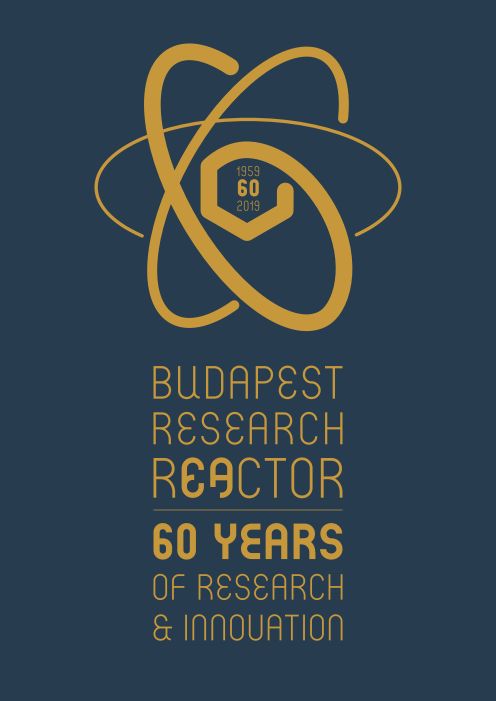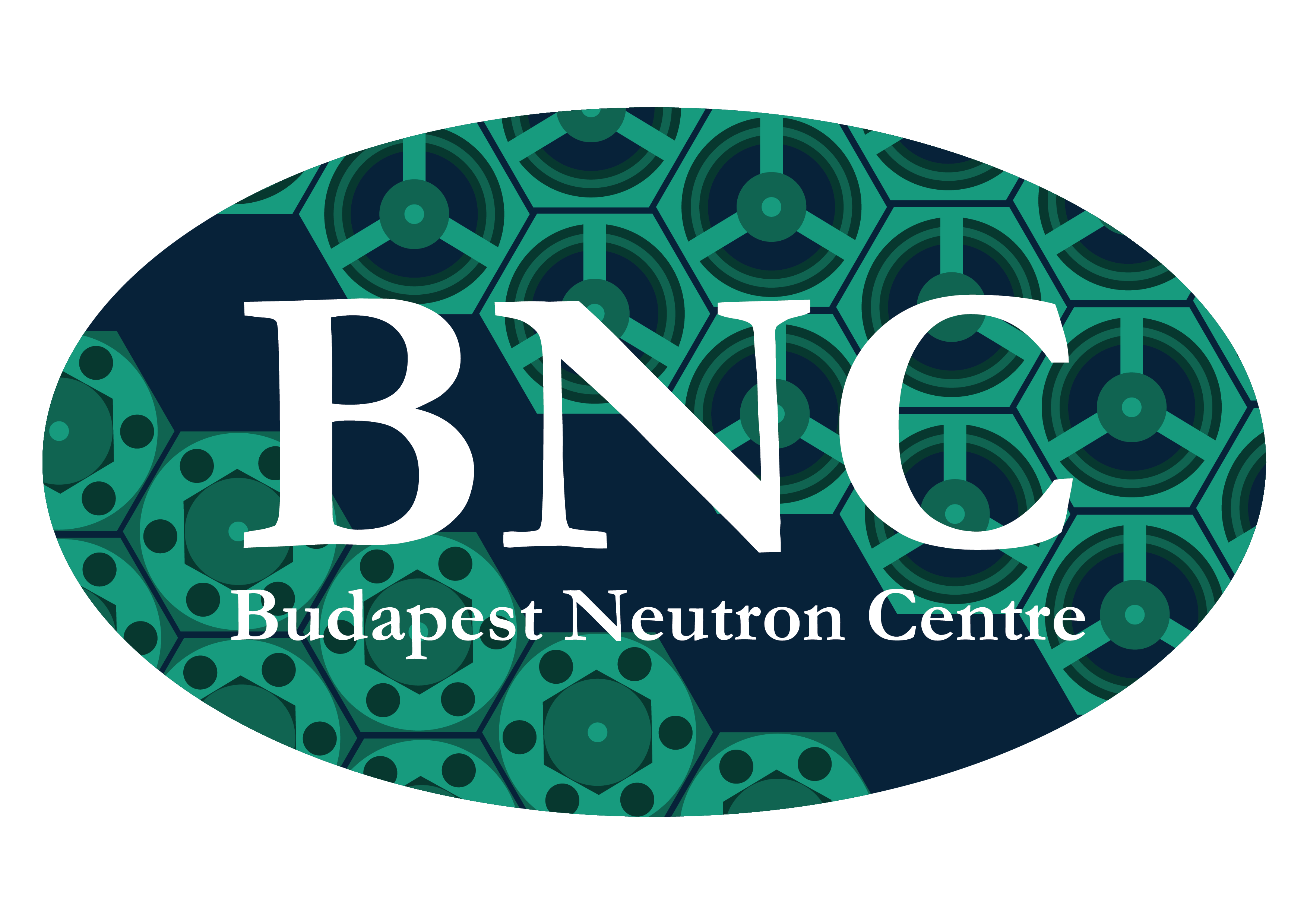Budapest Research Reactor - 60 years of research and innovation
 |
The Budapest Research Reactor (BRR) turned 60 – its first implementation went critical for the first time on March 25, 1959, a golden milestone in the development of science and technology in Hungary. BRR has become and remained the largest operating Research Infrastructure in the Central-European region. The new facility triggered a large number of activities in the past, especially in neutron and reactor physics, condensed matter science, health physics, nuclear chemistry and radiation protection. These developments enabled Hungarian scientists, engineers and companies to design and produce nuclear instrumentation and to venture into isotope production. Besides basic research, young scientists' training, innovation and technology transfer, commercial applications have been in the focus of BRR activities over the six decades. Thanks to the home based facility, the Hungarian neutron/reactor user community has grown into the second largest one per capita in Europe (nearly 200 researchers). Recently, BNC scientists, dr. Rózsa F. Baranyai, dr. Tamás Belgya, dr. László Bottyán, dr. Margit Fábián, dr. János Füzi, dr. László Rosta and dr. László Szentmiklósi have completed a review of notable achievements of the sixty years of research and innovation at BRR and the foreseeable future of BNC. The document is organized in six sections: "Reactor facility", "Research infrastructure", "Scientific excellence", "Innovation", "International cooperation" and "Social impact". Click the front page on the left to read brochure. BNC will celebrate its sixtieth "birthday" on the 28 March, 2019. |
|
|
Especially since the political changes in the country in the 1990s, BNC has gradually become a recognized player in the network of neutron facilities in Europe. This is reinforced by the recent decisions to shut down several research reactors in Europe. The neutron landscape of Europe - as general director dr. Ákos Horváth points out in his inauguration - is about to drastically change in the decade to come. On the one hand the European Spallation Source, the powerful large scale facility, on the other hand the emerging compact accelarator-driven neutron sources are conjectured to fulfill the expected needs of neutron research in Europe. BNC is one of the few medium size facilities likely to remain operational at least for another decade or so. The activity of BRR is especially important in the present transition period - argues further the document - and BNC is ready to offer improved services to the national and international user community to prepare neutron science for the future challenges. |
||
Timeline of notable events from BNC's past.

